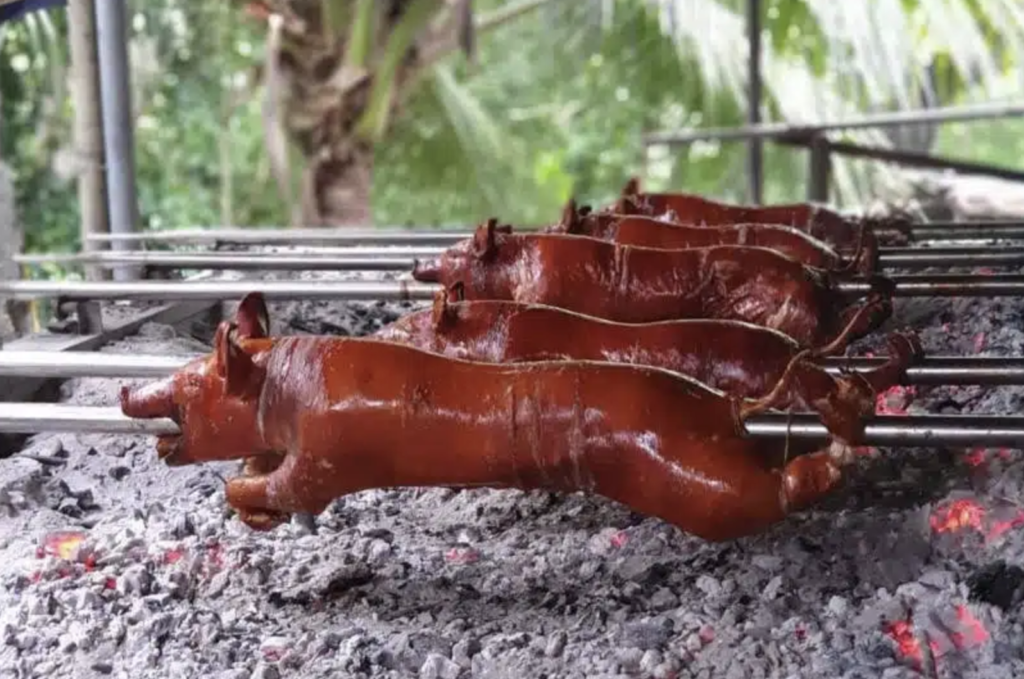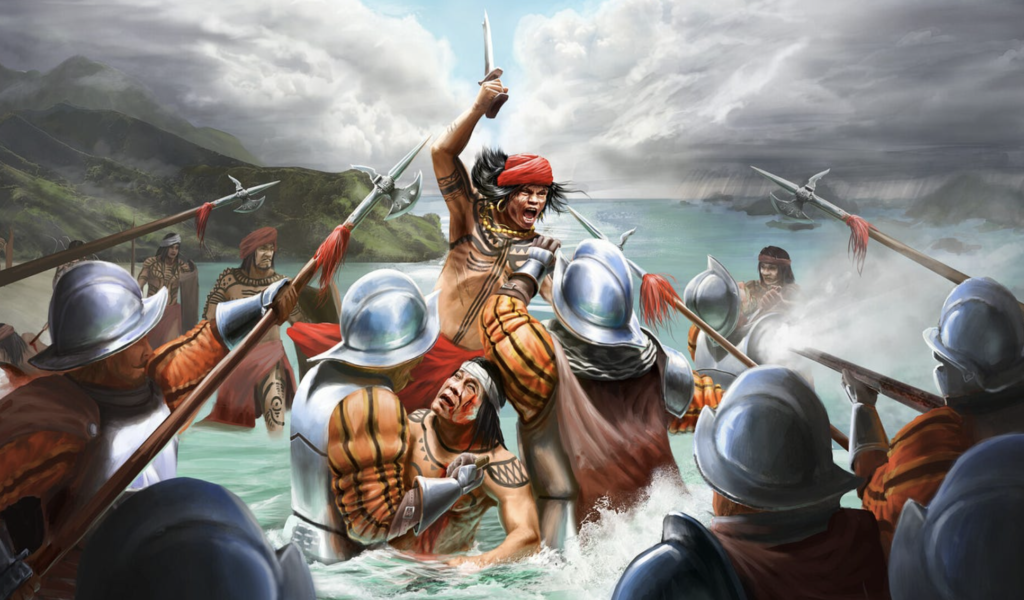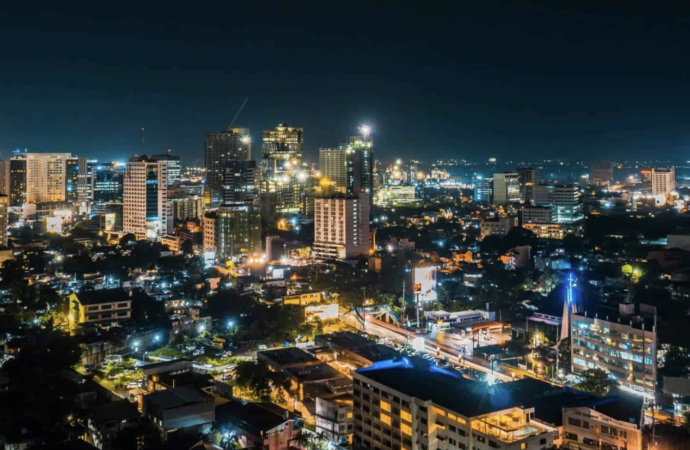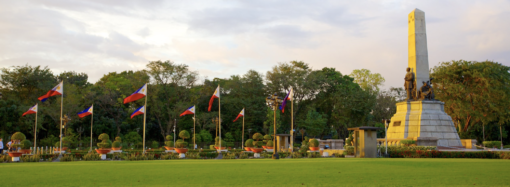Cebu, an island province in the Philippines, is a vibrant blend of history, culture, and natural beauty. Known as the “Queen City of the South,” it is the country’s oldest city, established in the 16th century by Spanish colonizers. Today, Cebu stands as a dynamic hub for tourism, education, and economy in the Visayas region.
Cebu, an island province in the Philippines, is a vibrant blend of history, culture, and natural beauty. Known as the “Queen City of the South,” it is the country’s oldest city, established in the 16th century by Spanish colonizers. Today, Cebu stands as a dynamic hub for tourism, education, and economy in the Visayas region.
Culture
Cebu’s culture is a rich tapestry woven from indigenous traditions and Spanish influences. The island is famous for its colorful festivals, such as Sinulog, which pays homage to the Santo Niño (Holy Child). This week-long celebration in January is marked by street parades, dancing, and vibrant costumes, reflecting the Cebuanos’ deep Catholic faith and joyous spirit.
Food
Cebu is a gastronomic delight, offering an array of dishes that reflect its rich cultural heritage. Here are the top 10 foods you must try:

- Lechon: Known as the best lechon in the Philippines, Cebu’s version is crispy on the outside and tender on the inside, with a rich layer of flavors.
- Sutukil: A seafood feast that involves grilling (sugba), soup (tuwa), and raw fish (kilaw).
- Puso: Hanging rice wrapped in coconut leaves, a perfect pairing with any local dish.
- Cebuano Chorizo: Sweet or spicy, these local sausages are a street food favorite.
- Kinilaw: Filipino ceviche made with fresh fish, vinegar, and local spices.
- Bam-I: A noodle dish that combines canton and sotanghon with meat and vegetables.
- Mangoes: Cebu’s sweet mangoes are among the best in the world.
- Budbud Kabog: A local delicacy made from millet, sugar, and coconut milk.
- Siomai sa Tisa: A local version of the Chinese dumpling, best enjoyed in the streets of Tisa.
- Balamban Liempo: Deliciously seasoned and grilled to perfection, it gives a unique twist to the traditional liempo (pork belly).
The SUTUKIL – Sugba, Tula at Kilaw:
Tourist Spots
Cebu is dotted with historical landmarks, white sandy beaches, and natural wonders:

- Magellan’s Cross: Symbolizing the arrival of Christianity in the Philippines.
- Taoist Temple: Reflecting the island’s Chinese heritage.
- Oslob: Famous for whale shark watching.
- Kawasan Falls: Known for its turquoise waters and canyoneering adventures.
- Bantayan and Malapascua Islands: Offer pristine beaches and excellent diving spots.

People
Cebuanos are known for their warmth, resilience, and hospitality. They take pride in their cultural identity, welcoming visitors with open arms and sharing their traditions and celebrations.

Economy
Cebu’s economy is one of the most vibrant in the Philippines, driven by tourism, manufacturing, and business process outsourcing (BPO). The island is also a significant center for furniture making, fashion, and crafts, exporting quality products worldwide.
Education
Cebu is a center for higher education in the Visayas, with prestigious institutions like the University of San Carlos, Cebu Normal University, and Cebu Technological University offering a wide range of programs.
History of Cebu City
From Datu to Spanish Colony
Before the Spanish arrival, Cebu was a thriving settlement ruled by Rajah Humabon. The island was a hub for trade with neighboring regions in Asia. The arrival of Ferdinand Magellan in 1521 marked the beginning of Spanish colonization. Magellan planted the Cross of Christianity in Cebu but was killed in the Battle of Mactan, led by the native chieftain Lapu-Lapu.

Under Spanish rule, Cebu became a significant base for the galleon trade between Mexico and the Philippines. The oldest street in the Philippines, Colon Street, was established along with the Basilica Minore del Santo Niño, housing the oldest religious relic in the country.
The Modern Cebu City
Today, Cebu City is a blend of its rich historical past and modern growth. It has evolved into a cosmopolitan city with bustling business districts, shopping centers, and a vibrant arts and culture scene. Despite rapid modernization, Cebuanos remain deeply connected to their heritage, celebrating their history and traditions with pride.
This article’s framework provides a glimpse into Cebu’s multifaceted charm, from its historical roots to its present-day vibrancy. Expanding on each section will reveal the depth of Cebu’s beauty, making it a beloved destination in the Philippines.







Leave a Comment
Your email address will not be published. Required fields are marked with *